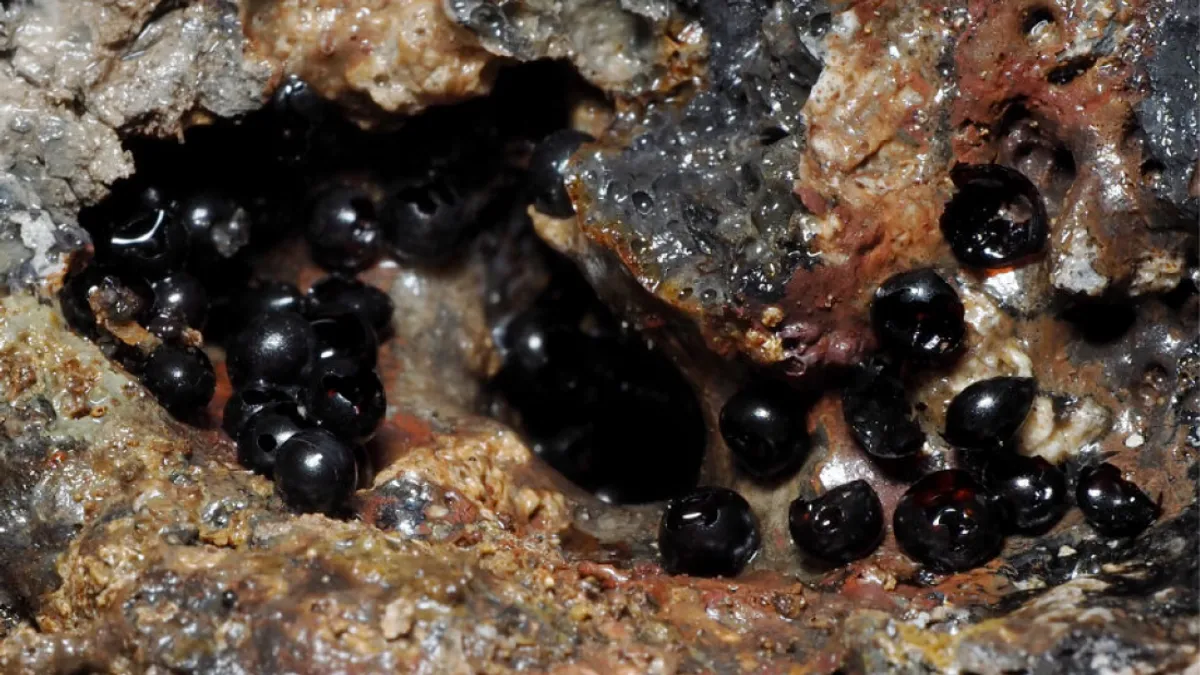A groundbreaking study, published in Biology Letters, has unveiled evidence of the deepest free-living flatworms ever documented. The study was conducted by marine scientists from Hokkaido University in Japan. These researchers have made a significant contribution to our understanding by revealing the existence of these remarkable deep-sea flatworms. Led by Keiichi Kakui and Aoi Tsuyuki, the research brings to light the existence of flatworm eggs. These eggs were discovered on the seafloor at an astonishing depth of more than 6,000 meters. The findings mark a significant breakthrough in our understanding of deep-sea ecosystems.
Unveiling the Abyssal Discovery
Marine flatworms, ubiquitous in oceans worldwide, particularly thrive in tropical regions or near undersea volcanoes. These elusive creatures have a typical habitat beneath rocks on the seabed. They employ hair-like bristles for movement, creating protective waves to deter predators. This unique behavior showcases their adaptation to the intricacies of their environment. However, abyssal free-living platyhelminths have remained largely enigmatic until now.
Remote Exploration in the Pacific Depths
Researcher Yasunori Kano from the University of Tokyo first spotted the dark black cluster of eggs. He discovered this while utilizing a remote undersea vehicle in the Kuril-Kamchatka Trench in the northwestern Pacific. The use of advanced technology allowed for the unprecedented exploration of these deep-sea environments. The eggs, discovered at a depth of 6,200 meters, prompted Kano to collect samples for further investigation by Kakui and Tsuyuki.
Unraveling the Mystery
Initial tests on the collected samples hinted at the rarity of the find, leading the researchers to dispatch a trawling ship for a more comprehensive study. Closer examination confirmed that the eggs were flatworm egg capsules, each approximately 3 mm in diameter, harboring three to seven flatworms. Genetic analysis identified them as belonging to the suborder Maricola in Tricladida, akin to their shallow-water counterparts, solidifying their status as the deepest free-living flatworms ever documented.
Insights into Adaptation
The remarkable similarity to shallower species suggests that these abyssal flatworms have evolved specific adaptations enabling them to thrive in extreme depths. The study of such adaptations holds the promise of providing valuable insights into the general mechanisms by which marine creatures adapt to harsh environments.
Future Prospects
Undeterred, the researchers plan to extend their investigation, delving into the life cycle of the flatworms within these capsules. This comprehensive approach has a primary goal: unraveling the intricacies of marine flatworm evolution. By delving into the life cycle of these deep-sea inhabitants, researchers aspire to shed further light on the mysteries of life in the deep ocean. The study holds the potential to contribute valuable insights into the adaptive mechanisms of creatures thriving in extreme underwater environments.
If you want to learn more about it, Click here
Also, Read about Golgi Apparatus Protein Unveils Potential Secrets of Human Aging

